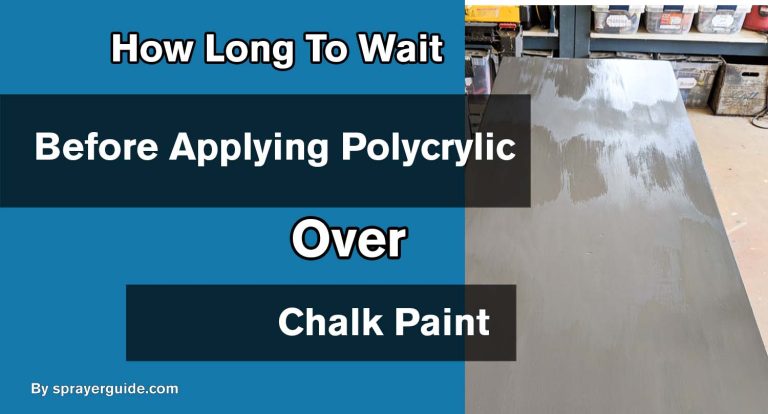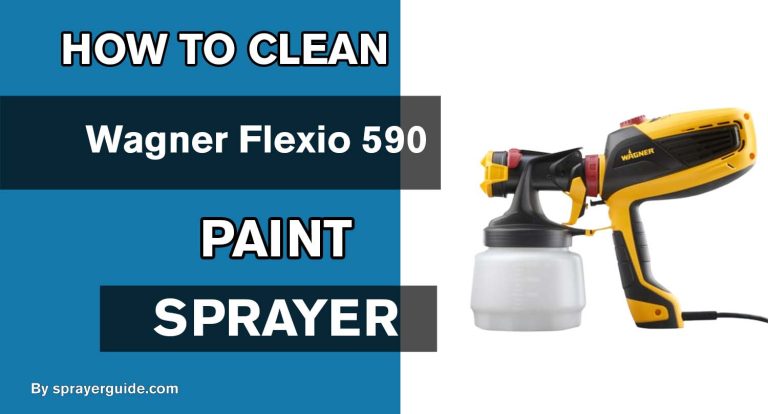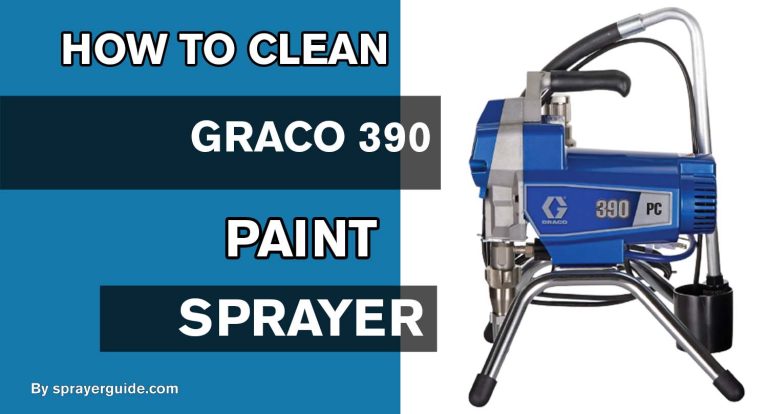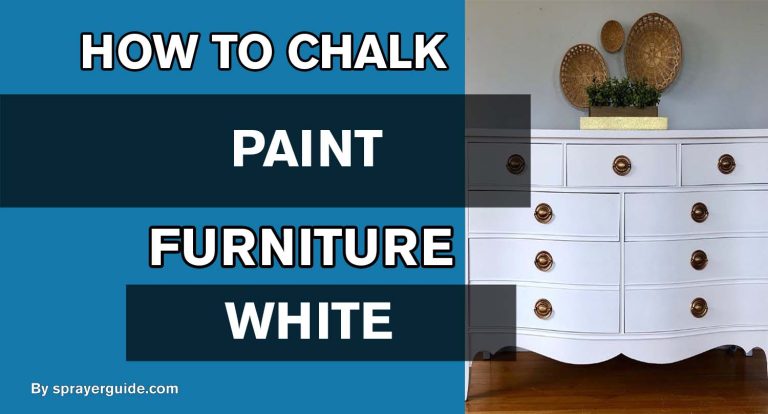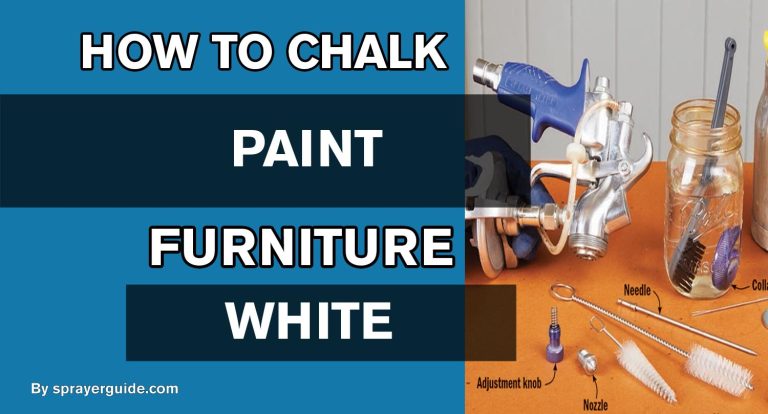Are you thinking about painting your house’s inside or exterior? In this situation, you may wonder about using a paintbrush and sprayer. A paint sprayer is the best option if you want to do the task fast and effectively, even though both have benefits and drawbacks. The purpose of this blog post is to define airless paint sprayers. We’ll also discuss a few benefits of using one. Keep reading to learn more about airless paint sprayers, whether you’re a seasoned painter or just getting started!

Getting Started with Airless Paint Spraying:
Airless paint spraying is a painting device that doesn’t use compressed air. Instead, they use a high-pressure system to push paint through a small hole in the sprayer’s tip. This results in a smooth, even coat of paint that is perfect for large surfaces. Airless paint spraying is the fastest way to apply paint and get an even finish. It’s also the best way to avoid brush marks and streaks.
You need to know a few things before you start with airless paint spraying.
- You need to understand the basics of how an airless paint sprayer works.
- Choosing the right airless paint sprayer for your project would be best.
- Learn how to use an airless paint sprayer properly.
How do Airless Paint Sprayers Work?
Airless paint sprayers work by pumping paint through a small hole in the sprayer’s tip. The high pressure creates a fine mist that is perfect for large surfaces. Airless paint spraying is the fastest way to apply paint and get an even finish. It’s also the best way to avoid brush marks and streaks.
An airless paint sprayer is a powerful tool that uses a high-pressure pump to atomize paint, turning it into a fine mist. Airless paint sprayers are preferred for professional painters and serious DIYers because they provide better coverage and produce fewer overspray issues than traditional brushes or rollers.
To use an airless paint sprayer, you pour your paint into the reservoir, turn on the machine, and start painting. Airless paint sprayers are ideal for large projects like painting walls, ceilings, decks, or fences. Airless paint sprayers have high-pressure capabilities and can also be used for applying thicker coatings like latex or epoxy.
Most airless paint sprayers have three main parts:
The pump:
This is the heart of the machine. It’s responsible for pressurizing the paint and pushing it through the hose to the gun.
The hose:
This carries the paint from the pump to the gun. It’s typically made of reinforced nylon or plastic to withstand high pressures.
The gun:
This is where you hold the trigger to start the flow of paint. The gun has a tip that breaks the paint into a fine mist. Airless paint sprayers usually have adjustable pressure settings so you can control the size of the droplets.
Airless paint sprayers are powered by either an electric motor or a gas engine. Electric models are typically lighter and more portable, while gas-powered models are more powerful and can be used for larger projects.
Airless paint sprayers can be used for both interior and exterior painting projects. When using an airless paint sprayer for the first time, it’s important to practice on a piece of cardboard or scrap wood to get a feel for the machine and how much pressure you need to use. It’s also important to wear protective clothing, including a respirator mask, to avoid breathing in paint fumes.
Choosing the Right Airless Paint Sprayer?
There are many different sizes and shapes of airless paint sprayers. The type of airless paint sprayer you select will be determined by the size of your project and the type of paint you plan to use. You can use a handheld airless paint sprayer on a small project, such as furniture. A heavier-duty airless paint sprayer is required for larger projects, such as painting a room or an exterior surface. Airless paint sprayers are painting tool that applies paint to surfaces using high-pressure airless spraying. It can be used for various tasks, such as painting walls, ceilings, furniture, and buildings. Airless paint sprayers come in various sizes and designs to meet your requirements.
When choosing an airless paint sprayer, it is important to consider the type of job you will be doing. For example, if you plan on painting a large area, you will need a larger airless paint sprayer. If you plan on doing smaller jobs, such as painting furniture or trim, you can get away with a smaller airless paint sprayer. Airless paint sprayers can also be used for different types of paint, including latex paint, oil-based paint, and more.
There are two main types of airless pumps:
Piston pumps:
Piston pumps are typically more expensive but durable and can handle thicker paints.
Diaphragm pumps:
Diaphragm pumps are less expensive but can only handle thinned paints.
The hose length should also be considered when selecting an airless paint sprayer. The hose length determines how far the airless sprayer can reach. A longer hose will be required to paint a large area. You can get away with a shorter hose if you only plan on doing small jobs.
Electric or gas-powered airless paint sprayers are available. Airless paint sprayers powered by gas are typically more expensive but powerful and can handle thicker paints. Electric airless paint sprayers are less expensive but less powerful and can only work with thinned paints.
When selecting an airless paint sprayer, keep your budget in mind. Airless paint sprayers can cost anywhere from $100 to over $1,000. Finding an airless paint sprayer that meets your requirements and budget is important. When painting, airless paint sprayers are a great way to save time and money. You can paint a large area quickly and easily with an airless paint sprayer. Airless paint sprayers also leave few or no streaks and brush marks behind. Airless paint sprayers are an excellent choice for both professional painters and do-it-yourselfers.
Using an Airless Paint Sprayer:
Airless paint spraying is the most efficient way to apply paint and achieve an even finish. It’s also the most effective method for avoiding brush marks and streaks. Airless paint spraying is an excellent choice for large projects like painting a room or an exterior surface. However, before you begin, you should learn how to use an airless paint sprayer properly.
Here are a few tips:
- Always read the manufacturer’s instructions before using an airless paint sprayer.
- Make sure the area you are working in is well-ventilated.
- Wear protective clothing, such as a respirator mask and gloves, when using an airless paint sprayer.
- Use painter’s tape to protect any areas you don’t want to be painted.
- Start with a light coat of paint and build up to a heavier coat if needed.
- Use long, even strokes when painting.
- Overlapping your strokes will help ensure a smooth, even finish.
Airless paint spraying is the most effective method for achieving a smooth, even finish on your next painting project. With a little practice, you’ll be able to master this technique and achieve consistently perfect results.
Frequently Asked Questions:
Airless sprayers use more paint than traditional methods like brushes or rollers. The reason for this is that airless sprayers atomize the paint into very small droplets, which means that more of the paint ends up on the surface being sprayed. Additionally, airless sprayers operate at high pressure, which can cause the paint to be sprayed on too thick, resulting in increased paint usage.
The simple answer is that you do not need to thin paint for an airless sprayer. However, in some cases, it may be necessary to thin paint. If you’re using an airless sprayer for the first time or spraying a thick coating, thinning the paint slightly is a good idea. As a result, the paint sprayer will perform better.
Conclusion:
Airless paint spraying is the most effective method for applying paint and achieving a smooth, even finish. It’s also the most effective method for avoiding brush marks and streaks. Airless paint spraying is the way to go if you’re working on a large project, such as painting a room or an exterior surface. Simply follow the manufacturer’s instructions and wear protective clothing when operating.
Read More:
- How Long Does Primer Spray Paint Take To Dry
- How To Spray Paint Wood Chairs
- How To Thin Water-Based Paint For Roller
- How Long Does Spray Paint Take To Dry Metal
- Is It Better To Spray Or Roll the Interior Paint
- Does A Paint Sprayer Use More Paint Than A Roller
- How To Thin Water-Based Paint For Spraying
- How To Clean Wagner 350 Paint Sprayer
- How To Paint A Textured Ceiling With A Roller
- Which Is Better, Air Or Airless Paint Sprayer
- How To Use Hvlp Spray Gun
- How Long Does Spray Paint Take To Dry On Cardboard
- Graco Magnum Prox17 VS X5


